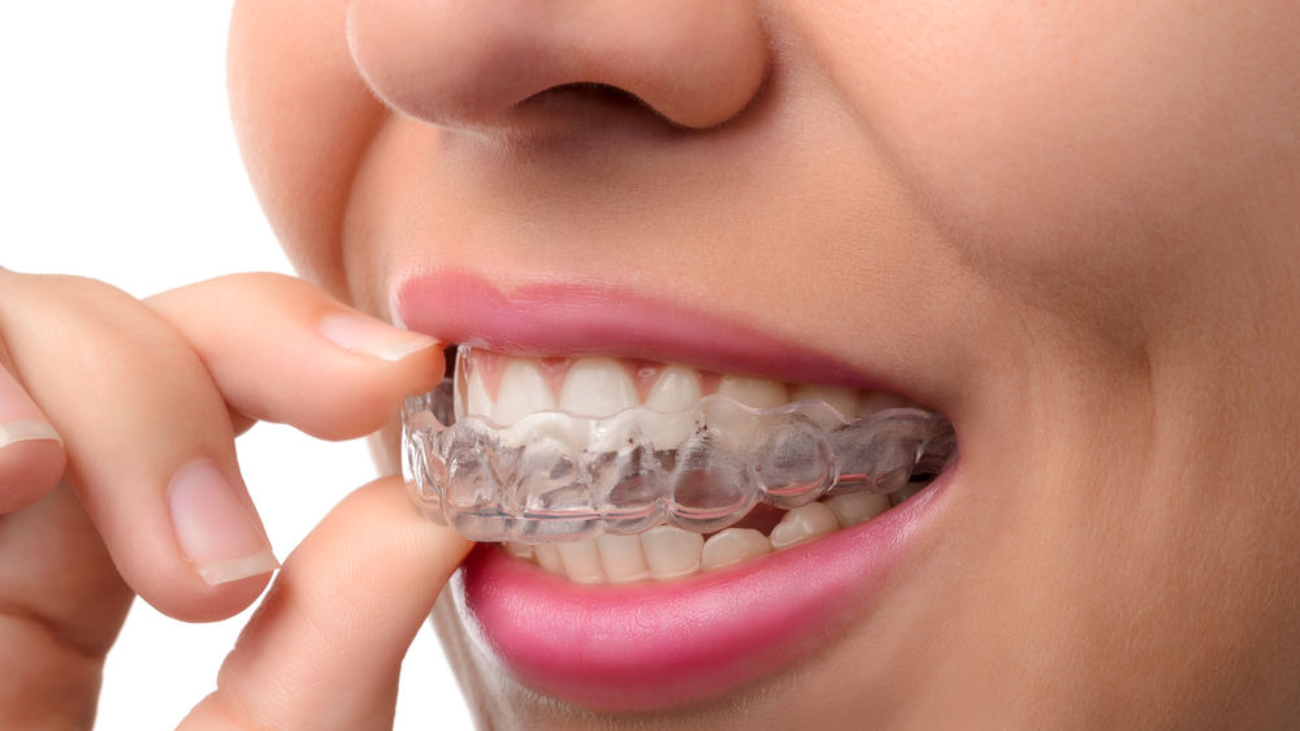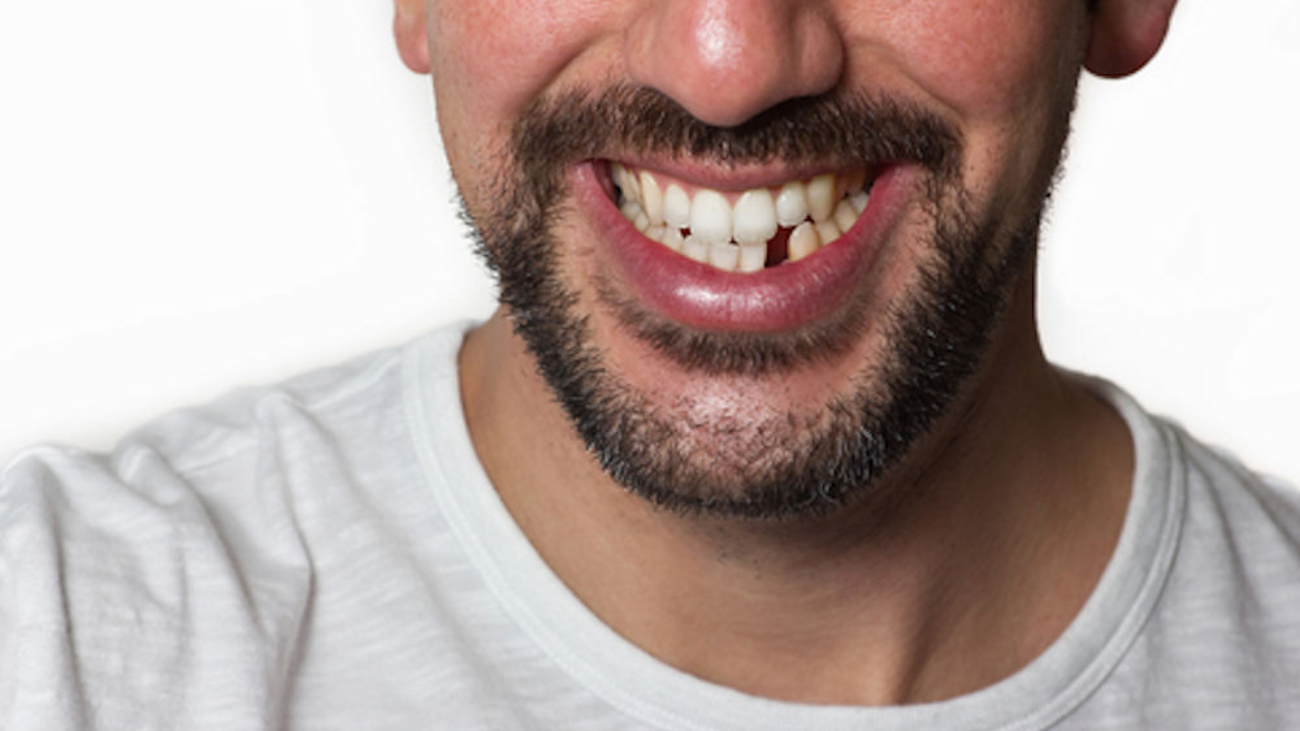Dental fillings are the foundation of restorative dentistry. When bacteria cause tooth decay, the empty space (cavity) is cleaned and then filled with a durable material to preserve the function and appearance of the tooth. The materials may have changed, but the basic process of filling a cavity has been the same since it was introduced by French dental pioneer Pierre Fouchard in the late 17th century. Evidence from documents and remains suggest ancient civilizations in Egypt, Rome, and China may have improvised the process, as well. Most astonishing is the discovery of a primitive beeswax filling, found in human remains from over six thousand years ago in modern day Slovenia. With advanced materials and medical knowledge, fillings today are safer and stronger than ever.
There are now many variations of the dental filling, and new materials are constantly being devised and studied. Most current fillings are made from composite resin although amalgam, silver fillings, are still in use in some offices. It’s estimated that 99% of the population will need a filling at some point, so when your time comes, your dentist can recommend which type of filling is appropriate, based on the tooth’s location and the extent of the damage.
If you suspect have a cavity that needs a dental filling, call our Boise, Idaho dental office to set up an appointment with Dr. Jensen at 208-853-2221.
What’s In A Filling?
The two most commonly used materials for fillings today are composite resin and amalgam. At Maple Grove Dentistry we do not currently place amalgams. Although they are a functional and viable filling material we have chosen not to use this material due to its distinctive metallic appearance. Composite fillings are tooth colored, and are therefore the preferred material when a filling is needed as they blend in with the natural appearance of teeth.
Amalgam fillings are an alloy of mercury, silver, tin, and copper. They are best used with small-to-medium sized cavities and are an excellent, durable option. Amalgams can expand with age, sometimes causing a tooth to crack, but the average life span for an amalgam filling is 12 or more years.
Composite resins are made from a high-tech mixture of hard plastic, glass, and inorganic minerals such as silica. While traditionally not as durable or strong as amalgam, composite resins actually bond to the tooth and reduce the risk of dislodgement. They can shrink over time and lead to leaking or further decay, but they generally last about 8 years. Composite resins have an added advantage in that they can be polished and filed after the filling has been placed, to ensure a comfortable, natural feel to the restoration.
While amalgam and composite both have finite lifespans, this should not be cause for alarm. There are many reasons why a filling might need to be replaced, and as long as you are visiting your dentist on a regular basis, he can let you know when and if you will need a new one. Most replacement fillings can be completed as quickly and easily as the original.
Some other materials used in fillings are gold and glass ionomer cement (GIC). Gold fillings are not common, due to the cost of the materials and the need for a dentist to be specially trained in its use. However, gold fillings are, in fact, an excellent option because they have a longer life-span than either composite or amalgam. Gold fillings have been known to restore a tooth for several decades, even up to 50 years. GIC is actually used primarily as a dental sealant and to affix braces to teeth, but can be used in fillings, as its physical properties and its ability to release fluoride make it a better choice, in some cases.
Mercury Controversy
There has been some controversy over the use of mercury in dental fillings because mercury is toxic to the human body. However, since the mercury is part of an alloy, or mix of other metals, it does not have the same toxic effect on the body as free mercury. It has been determined by several organizations, such as the World Dental Federation (FDI) and the U.S. Food and Drug Administration, that mercury alloy fillings are safe and effective for use by most people. The only exceptions to this are patients who have a known allergy to mercury, are pregnant, or who have other related health problems.
Despite this judgment, some organizations, such as the World Health Organization, still object to the use of mercury on the grounds that it can end up polluting the environment. Because mercury amalgam is less costly, it is therefore used more freely in 3rd world countries, where there may be no regulations on how waste mercury is handled. In the United States, however, most states have laws that dental offices must adhere to, which can alleviate these concerns.
Step By Step: Your Filling
Fillings are considered a direct restoration, because they can be completed by a dentist directly inside a patient’s mouth. Indirect restorations, on the other hand, such as crowns and bridges, must be created in a lab and be shipped to the dental office. As a direct restoration, dental fillings have the advantage of being one of the fastest, most conservative procedures in modern dentistry. Most fillings can be completed quickly, in just one 30-90 minute office visit.
First, a dental x-ray will be taken, to determine the size of the cavity. Cavities appear as dark spots on an x-ray and can show your dentist how deep and pervasive the tooth decay is. This can help him determine how long it will take, which materials and tools will be needed, etc.
Before the filling gets underway, an injection of an anesthetic, such as novocaine, may be given to ensure you feel no discomfort during the procedure. Quite often, a filling will only be on the surface of the enamel, and no anesthetic is needed.
There are essentially two steps to a dental filling. The first step is tooth preparation, during which a tooth is cleaned and readied for the filling. This process consists of removing any decayed tooth material and bacteria from the cavity. During the second step, your dentist will fill the cleaned cavity with the amalgam or composite resin. When resins are used, a curing light will be used to harden the materials. Afterward, the filling may be polished to make sure it looks and feels natural in your mouth.
How Is A Filling Different From A Crown Or Root Canal?
As a conservative, direct restoration, a filling is the simplest way to repair a tooth damaged by decay. If the tooth has sustained too much damage, however, a crown may be needed instead of a filling. If much of the structure of the tooth has been decayed, reinforcement with a dental crown often will be necessary.
A dental crown is a replacement tooth created in a laboratory, usually from porcelain or porcelain-fused-to-metal (PFM), which offers greater strength than amalgam or composite. The crown is custom-made to completely cover the damaged tooth, and it will fit comfortably into your mouth. A dental crown usually requires two appointments with your dentist: one to prepare the tooth and apply a temporary crown, and one to attach the permanent crown. In the end, the crown is attached over the tooth, entirely covering the natural tooth. Crowns are not subject to decay, of course, but the gums and the roots of the tooth are still vulnerable to damage, so you must take good care of the crown, just as you would a natural tooth.
A root canal treatment is the most comprehensive form of dental restoration, and is necessary when infection has gone beyond the enamel and into the dental pulp. Root canals are most often used to repair deep cavities and cracked teeth. Pain is usually a good indicator of whether a root canal will be needed, since teeth only have nerve endings in the pulp. During a root canal, the interior part of the tooth is cleaned and all the soft tissues are removed: connective tissue, blood vessels, and nerve endings. Afterwards, a combination of dental cement and gutta-percha is used to fill and seal the roots of the tooth, to prevent re-infection. Afterwards, a filling or crown completes the restoration. A root canal procedure will stop any pain and restore the structure and function of the tooth permanently.
Why Fillings Fail
Although fillings are the best way to repair a mild-to-moderate cavity, they do not last forever. When properly cared for, a filling can last 12 years or more, but additional tooth decay, a crack, or intense pressure can loosen a filling, or dislodge it entirely. This is one of the reasons why six month appointments are so important. During a dental exam, Dr. Jensen will check your fillings for signs of damage, so when you do need a replacement, it can be done quickly and conveniently—and before you experience any discomfort.
If you need a new or replacement dental filling, call our Boise, Idaho dental office to set up a appointment with Dr. Jensen at 208-853-2221.











